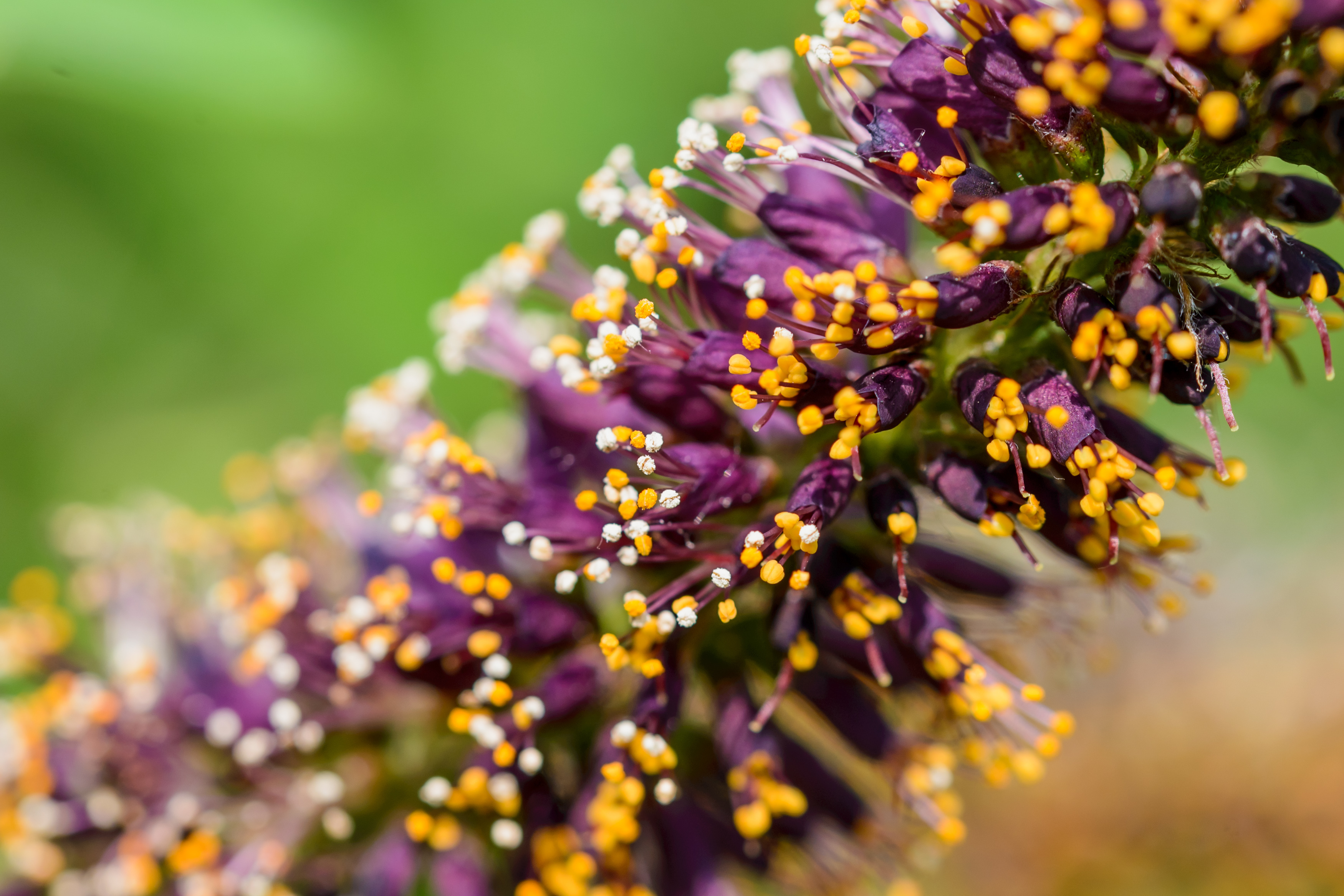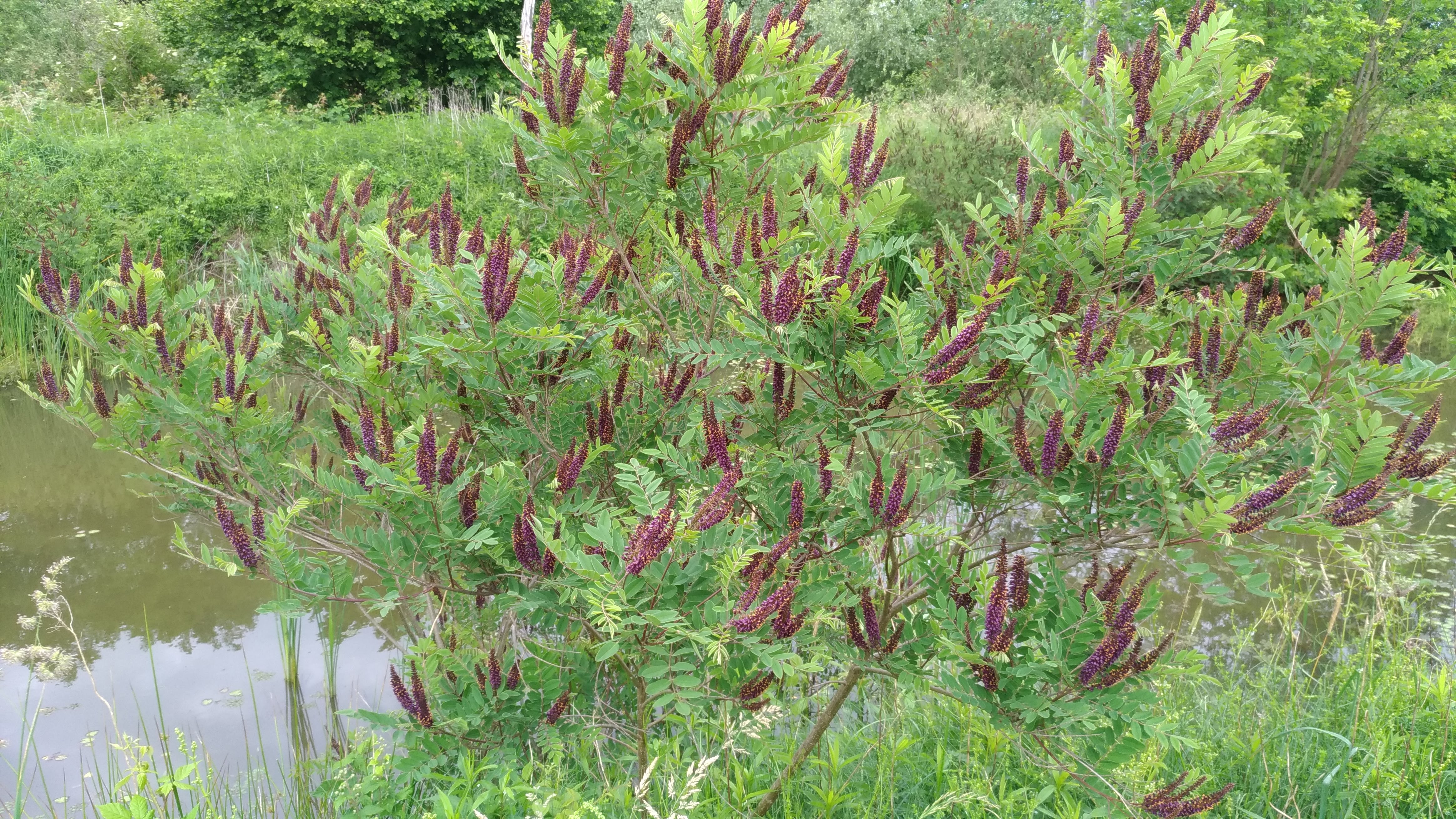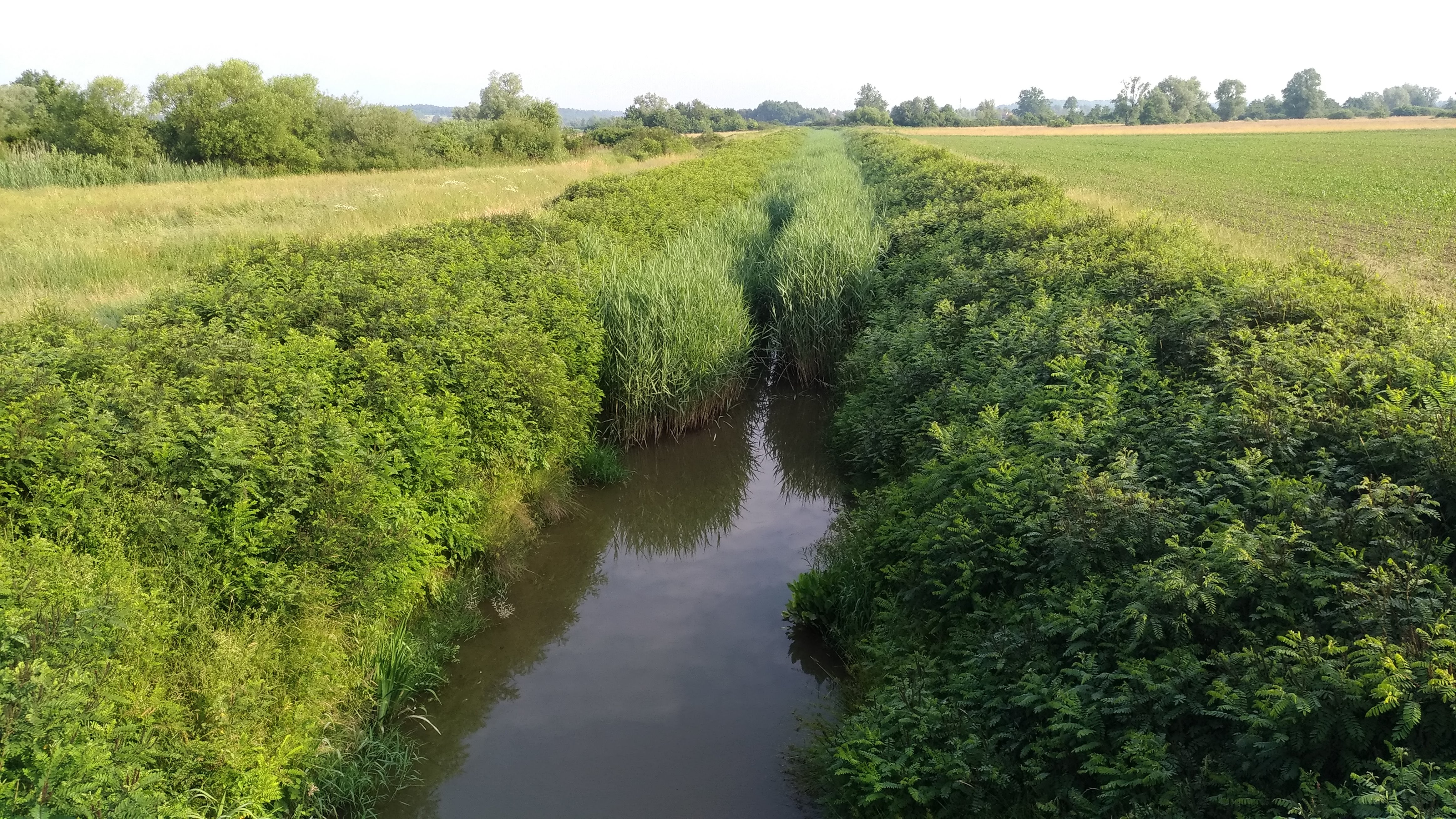Sava TIES - GET TO KNOW THE INVASIVE ALIEN PLANTS - False Indigo Bush
22-04-2020
False Indigo Bush (Amorph fruticosa) grows as a glandular, thornless shrub that can reach 4 to 5 meters in height and spread to twice that in width. It originates from the central and eastern parts of North America where it grows in rare deciduous forests and prairies. It was first introduced in Europe in 1724 as an ornamental species, while it appeared on our territory in the first decade of the last century. The species grows on moist soils along riverbanks, streams, ponds, in ditches, in open and semi-open moist forests, displacing native species. It even develops well on both acidic and neutral and base soils, and has adapted to barren, dry and sandy soils. It grows equally well in heavy conditions where the water retains for most of the year as well as on saline soils. On the invasiveness scale, it is classified as a highly invasive plant.
If you see this plant present in nature in the Sava River Basin, please let us know about your finding.

False Indigo Bush flower by Maxala Tamor/Shutterstock.com

False Indigo Bush by Luka Basrek

Overgrown channels with False Indigo Bush by Luka Basrek
News in national languages:
Croatia - Zeleni prsten Public Institution of Zagreb County or Lonjsko Polje Nature Park Public Institution
Slovenia - Public Institution Ljubljansko barje Nature Park
Bosnia and Herzegovina - Center for Environment or Public Company National Park "Una"
Serbia - Institute for Nature Conservation of Vojvodina Province or Nature Conservation Movement Sremska Mitrovica or Public Enterprise „Vojvodinašume“
Germany - EuroNatur
